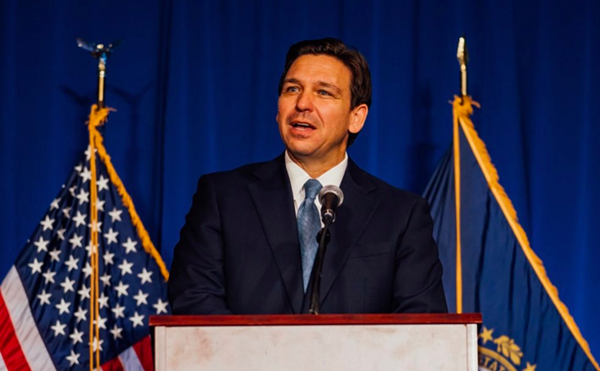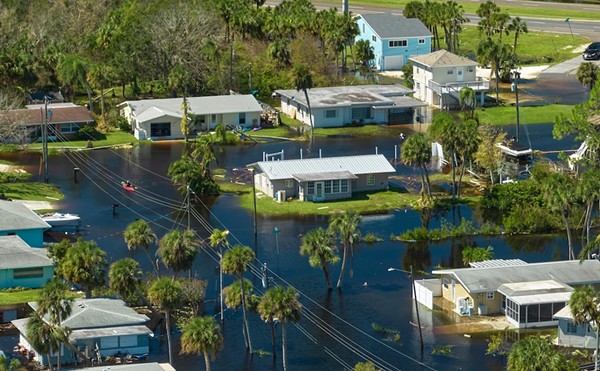Number of uninsured in Orlando and Florida rose in 2017 for the first time in years, Census Bureau says
By Paul Brinkmann on Thu, Sep 13, 2018 at 12:01 am
The number of people in Florida and Orlando who are uninsured rose for the first time in four to five years in 2017, new data from the U.S. Census Bureau showed. Florida added about 132,000 people to its uninsured population from 2016 to 2017, rising more than 5 percent to 2.68 million, according to the new data from the bureau’s American Community Survey.
The number of uninsured in metro Orlando for 2017 was about 312,200, which was 12.5 percent of the population. That’s up from 298,345 in the area in 2016, which was 12.3 percent.
In 2013, the year that open enrollment launched on healthcare.gov after the passage of the Affordable Care Act, the Orlando area had 460,400 uninsured, which was 20.5 percent. In the Orlando area, the age segment of 19 to 34 showed an uninsured rate of 20 percent.
The uninsured rate in 2016 in Florida was 12.5 percent. The new data for 2017 shows that rate ticked upward for the first time in four years to 12.9 percent. In 2013, before the Affordable Care Act plans became available, Florida had 3.85 million uninsured and an uninsured rate around 20 percent.
Thirteen states besides Florida saw a rise in the rate of uninsured people, while only three states showed a drop in uninsured for 2017. Orlando was one of many metro areas where the uninsured rate rose.
The Boston metro area had the highest health insurance coverage rate (97.0 percent) among the 25 most populous metropolitan areas. The Houston metropolitan area had the lowest rate (81.8 percent).
Nationally, the bureau reported, the number of people without health insurance coverage rose to 28.5 million in 2017, up from 28.1 million in 2016. That left the rate of uninsured flat at 8.8 percent. The percentage of people without health insurance coverage at the time of interview decreased in three states and increased in 14 states. Between 2016 and 2017, the number of people nationwide with health insurance coverage increased by 2.3 million, up to 294.6 million.
Nationally, in 2017, non-Hispanic whites had the lowest uninsured rate among race and Hispanic-origin groups (6.3 percent). The uninsured rates for blacks and Asians were 10.6 percent and 7.3 percent, respectively. Hispanics had the highest uninsured rate (16.1 percent). Between 2016 and 2017, the uninsured rate did not statistically change for any race or Hispanic-origin group.
Stay on top of Orlando news and views. Sign up for our weekly Headlines newsletter.

WE LOVE OUR READERS!
Since 1990, Orlando Weekly has served as the free, independent voice of Orlando, and we want to keep it that way.
Becoming an Orlando Weekly Supporter for as little as $5 a month allows us to continue offering readers access to our coverage of local news, food, nightlife, events, and culture with no paywalls.
Scroll to read more Orlando Area News articles
Newsletters
Join Orlando Weekly Newsletters
Subscribe now to get the latest news delivered right to your inbox.


















